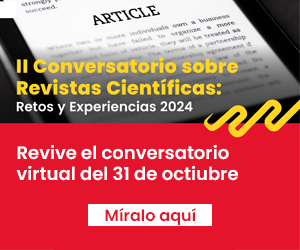Peruvian adolescent preferences and acceptability of orthodontic fixed appliances
DOI:
https://doi.org/10.20453/reh.v32i2.4212Abstract
Objective: To evaluate the preference and acceptability of six different orthodontic fixed appliance designs in Peruvian adolescents from two schools in Lima. Material and Methods: A descriptive cross-sectional study was executed. A total of 140 adolescents aged between 10 and 16 years completed a registration form in which the preference, acceptability, order of preference and acceptability to use were evaluated on six different designs of fixed orthodontic appliances displayed in a photo album. Results: Data analysis was performed using the SPSS program version 24.0. A p-value of less than 0.05 was considered as a level for significance. Due to the nature of the variables the Chi square test was used. Adolescents preferred metal brackets with colored elastomeric modules and steel arch (24.3%, n= 34); and the acceptability was 92.1%. For the order of preference, the following hierarchy was found from the first to the sixth place: metal brackets with colored elastomeric modules and steel archwire > sapphire brackets with transparent elastomeric modules and aesthetic archwire > metal brackets with transparent elastomeric modules and steel archwire > sapphire brackets with transparent elastomeric modules and steel archwire > sapphire brackets with colored elastomeric modules and steel archwire > self-ligating metal brackets and steel archwire/sapphire brackets with colored elastomeric modules and steel archwire. A statistically significant association was found for some questions about acceptability to use in relation to the age group, sex and educational institution. Conclusions: Adolescents preferred metallic brackets with colored elastomeric modules and steel arches. The less preferred appliances were the self-ligating metallic brackets with steel archwire and the sapphire brackets with colored elastomeric modules and steel archwire.
Downloads
Downloads
Published
How to Cite
Issue
Section
License
The authors retain the copyright and cede to the journal the right of first publication, with the work registered with the Creative Commons License, which allows third parties to use what is published as long as they mention the authorship of the work, and to the first publication in this journal.






















